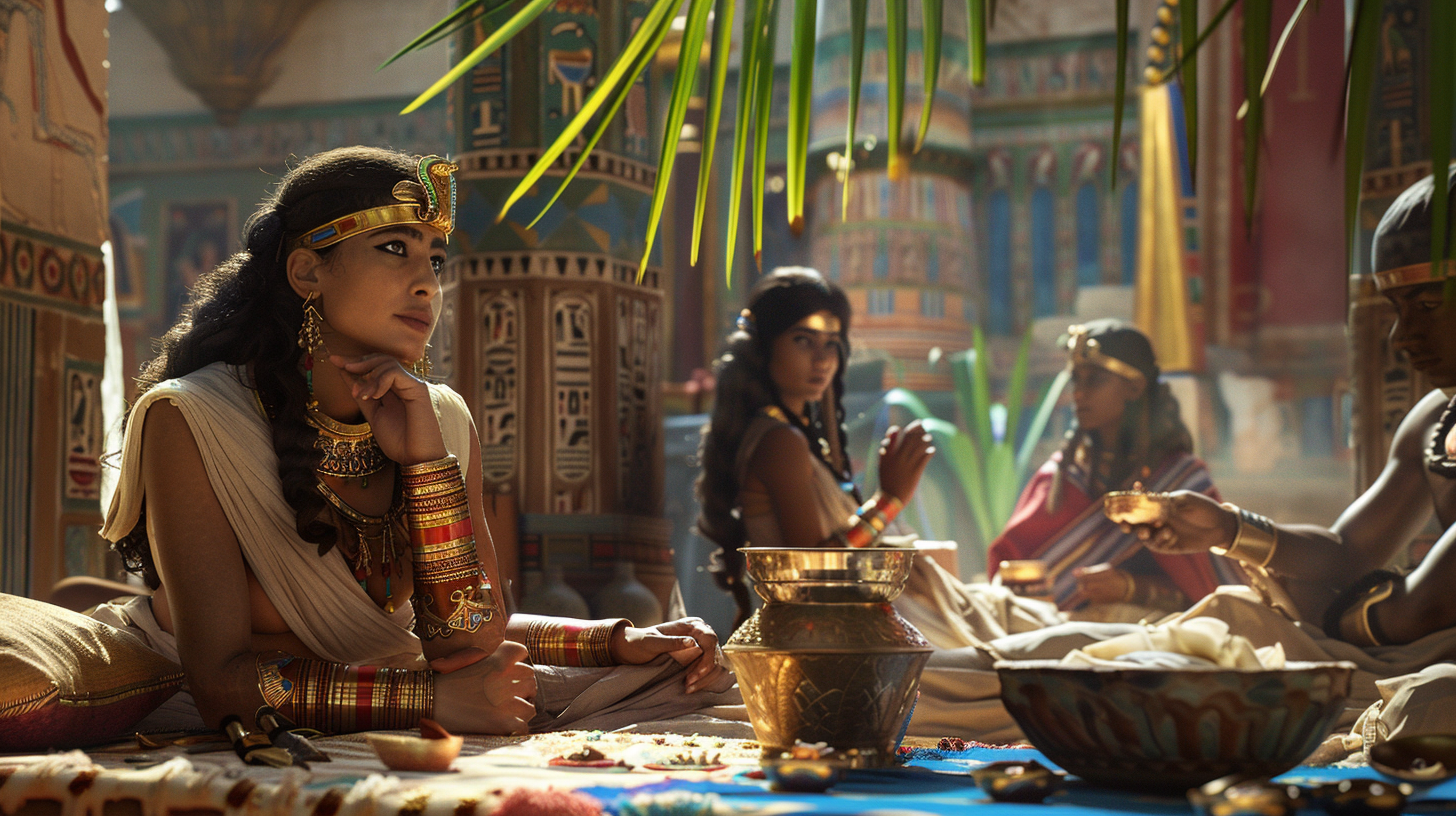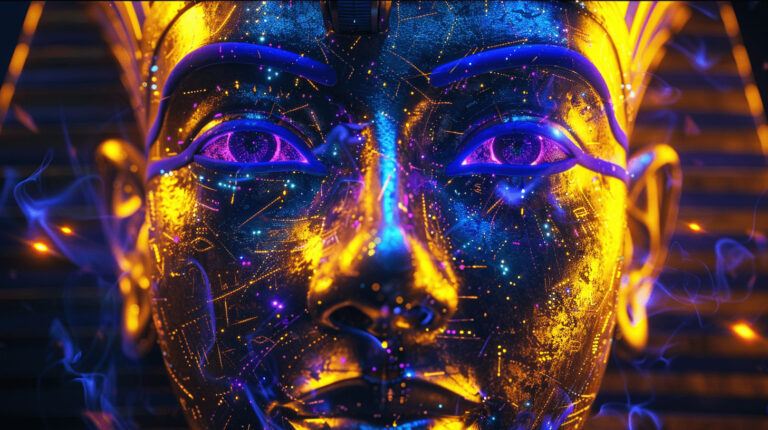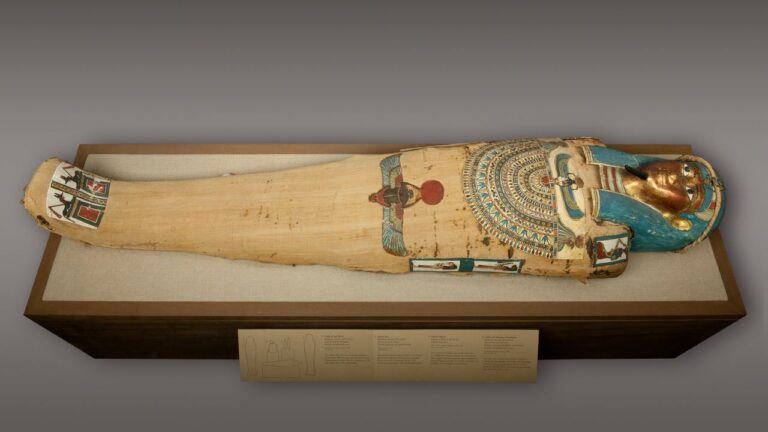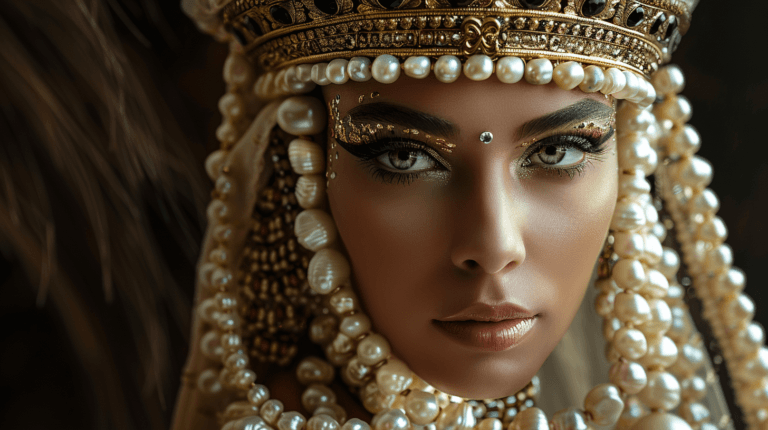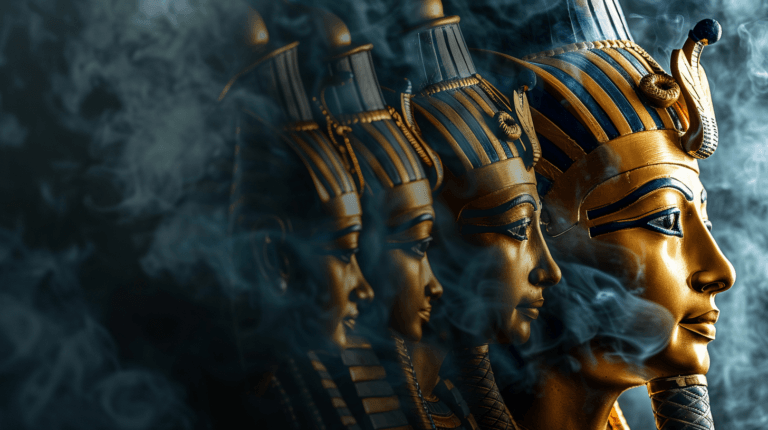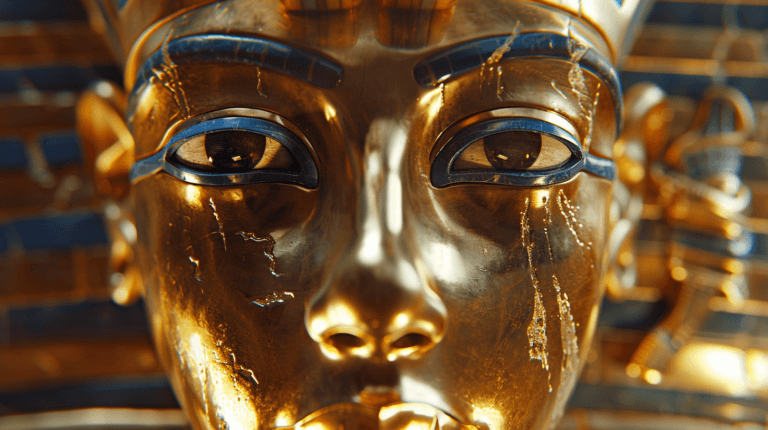What Did Ancient Egypt Do for Entertainment?
Entertainment played a significant role in the lives of ancient Egyptians, serving as a reflection of their rich cultural heritage. Contrary to common misconceptions of an entirely monumental and grave civilization, they indeed pursued joy and pleasure through a variety of activities. Leisure time in ancient Egypt was characterized by an array of games, sports, and festive gatherings, each holding an importance that transcended mere amusement, often intertwining with the religious and societal structure of the time. So, what did Ancient Egypt do for entertainment?

Children and adults alike in ancient Egypt engaged in physical activities and games, which were an integral part of their society. Evidence of toys such as dolls, toy soldiers, and board games like Senet suggests that play was encouraged from a young age. For adults, sports like wrestling, swimming, and rowing were popular, with the Nile River providing a perfect backdrop for such pastimes. Music and dance were also central to Egyptian entertainment, playing a pivotal role in both temple rituals and secular festivities. These activities provided a means for expression and socialization, strengthening communal ties within the diverse strata of society.
Public Spectacles and Performances

Public spectacles and performances in ancient Egypt were vibrant and diverse, incorporating elaborate festivals, music, and dance, deeply intertwined with religious worship and royal grandeur.
Theatrical Festivals and Dance
Ancient Egyptians organized theatrical festivals that were not only for entertainment but also served religious purposes. These included performances recounting the myths of gods like Osiris, showcasing the eternal themes of death and resurrection. Abydos, for example, was the site of annual passion plays central to their religious devotion. Dance was a crucial element, where dancers often performed during these festivals to express the stories and emotions of the divine tales in a physical form.
Musical Concerts and Ensembles
Musicians were an integral part of both festive and solemn occasions, performing in ensembles during grand feasts and temple worship. They used a variety of instruments, including flutes, lyres, and harps, along with percussive instruments like rattles and drums. These concerts provided more than ambient music; they were a conduit for engaging with the divine, imbuing events with a sacred atmosphere that connected attendees to the gods.
Royal Events and Processions
Royal events were grand displays of the pharaoh’s wealth and divine association. Processions along the Nile River showcased the pharaoh’s power, with boats adorned with elaborate artwork floating majestically between the riverbanks. Musicians and dancers would often accompany these processions, elevating the status of the ruler as a god among men. Festivities held near iconic structures like the Giza complex further underscored these events with grandeur, as temples acted as the backdrop for the pharaoh’s demonstration of piety and power.
Sports and Games
In ancient Egypt, entertainment extended beyond festive celebrations to include a variety of physical activities that encouraged physical fitness and strategic thinking. From intense team sports and wrestling to board games that sharpened the intellect, Egyptians engaged in numerous games and sports for leisure and competition.
Team and Strength-based Sports
Ancient Egyptians took great pride in physical fitness, with sports like wrestling and boxing being common among the elite and commoners alike. Wrestling matches were known to be both a training exercise for soldiers and a form of entertainment, as portrayed in tomb paintings. Similar to wrestling, boxing was a competitive sport that tested the strength and endurance of its participants. Furthermore, team sports such as field hockey fostered a sense of community and were often played by youths, illustrating the importance of teamwork and cooperation in society. These activities reflected societal values and the physical demands of ancient Egyptian life.
Board Games and Intellectual Challenges
Engaging the mind was as important as physical activities; intellectual games like senet and mehen, found in burial sites, were played by all social strata, indicating their widespread popularity. Senet, one of the oldest known board games in the world, combined elements of strategy and chance and is often depicted in ancient Egyptian art. Mehen, or the game of the snake, was another board game that involved a coiled snake-shaped board and several game pieces. Such games served not only as entertainment but also symbolized the belief in fate and the afterlife.
Aquatic Activities and River Sports
The Nile River was a source of life for ancient Egypt, and it also provided a venue for a variety of water-based activities. Swimming and rowing were not only practical skills but also common recreational activities, with rowing being depicted in numerous reliefs and swimming frequently taught from a young age. Hunting in the marshes of the Nile was both a sport and a means of providing food, showcasing a blend of survival skills with leisure. These aquatic activities were integral parts of Egyptian culture and underscored the importance of the Nile to collective health, transportation, and sustenance.
Religious Celebrations and Rituals
In ancient Egypt, religious celebrations and rituals were central to social life, often serving as both entertainment and spiritual sustenance. These events provided an opportunity for Egyptians to engage with deities, celebrate mythological tales, and reinforce cultural order.
Worshipping Deities through Festivities
Ancient Egyptians held various festivals to honor their gods and goddesses, pivotal for maintaining the balance of Maat—the concept of cosmic order and balance. Among these, the Wapet-Renpet Festival signified the New Year, aligning with the life-giving flood of the Nile. Temples emerged as epicenters of worship, hosting ceremonial events and processions. The duties of priestesses and priests were not only geared towards the gods but also played a significant role in engaging the community through religious rituals. Some festivals involved the populace in offering rituals to deities, ensuring their benevolence towards humans.
Mythical Storytelling and Heroic Epics
The prowess of storytelling in ancient Egypt extended far beyond mere entertainment. Mythical storytelling and the recounting of heroic epics formed an integral part of religious ceremonies. They were eloquently woven into culture through inscriptions on temple walls, public orations by priests, and performances during festivals. These narratives often centered on gods and goddesses, like the story of Isis and her undying love for Osiris, which was critical in shaping beliefs about the afterlife. Moreover, heroes from these tales embodied quintessential virtues and were venerated, crystallizing them into archetypes within the Egyptian religion.
Leisure and Daily Amusements
Ancient Egypt’s civilization offered a wealth of leisure activities that catered to both adults and children, signifying the culture’s regard for joy and well-being. From grand private feasts to robust outdoor activities, daily life included diverse forms of entertainment that demonstrated both social bonding and individual enjoyment.
Private Banquets and Feasts
Private banquets and feasts were significant social events in ancient Egypt, epitomizing celebration and community. These events were often lavish, with elaborate spreads of food and drink. They served as an important means for the elite to display their wealth and reinforce social bonds. Music and dancing were integral, providing a festive atmosphere to these gatherings.
Children’s Games and Toys
During their childhood, both girls and boys were fond of various games and toys. Simple dolls made from pottery and wood were popular among girls, while boys often played with animal toys, including miniature figures of hounds and the game ‘Hounds and Jackals’. These items were not only sources of enjoyment but also key in shaping young minds and social interactions among peers.
Outdoor Activities and Nature Enjoyment
The outdoors played a pivotal role in ancient Egyptian leisure, with activities like fishing and hunting being common pastimes for people of all ages. The Nile River provided a perfect setting for fishing, which was both a source of sustenance and recreation. Nature enjoyment resonated with the Egyptians’ affinity for wildlife, which was also reflected in the keeping of pets and animals for pleasure.

